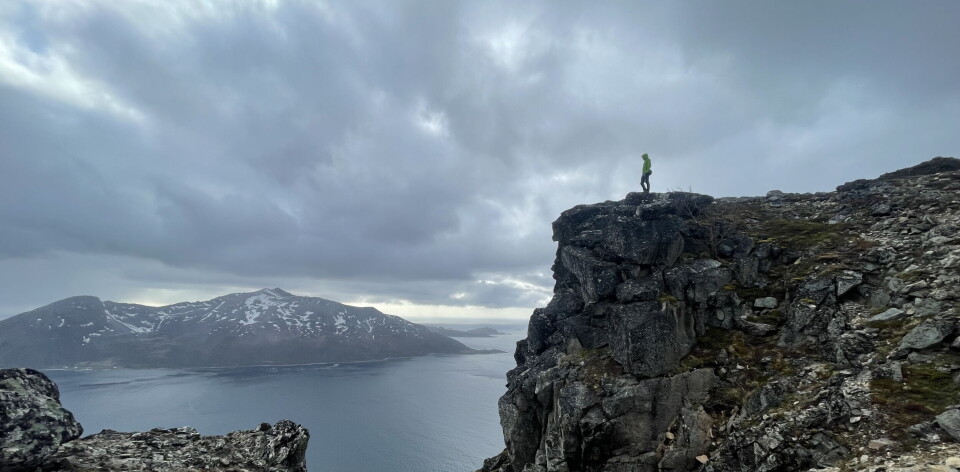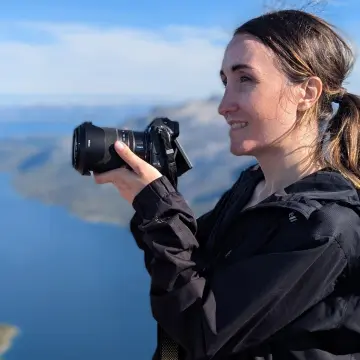
The ozone layer above the Arctic has thickened
It is in the best condition since 1980, according to experts.
The changes to our planet don't only seem to be for the worse.
As September 16 marks the International Day for the Preservation of the Ozone Layer more good news is coming our way.
“The combined measurement for 2024 showed that the ozone concentration has reached its highest level since 1980”, The Danish Meteorological Institute (DMI) researcher Helge Jønch-Sørensen is quoted by NRK as saying.
As NRK highlights, in the 1980s, the ozone layer was being destroyed by large-scale emissions of CFC gases, which had been used in everything from refrigerators to aerosol cans since the 1950s.
Meanwhile, the ozone layer plays a vital role in protecting life on Earth by absorbing most of the sun's harmful UV radiation. Most ozone-depleting substances (ODS) are also powerful greenhouse gases (GHG), European Commission emphasizes.
Such substances can have a global warming effect up to 16,000 times stronger than carbon dioxide (CO2), which is now the primary greenhouse gas in terms of atmospheric abundance, the European Commission emphasizes.
Scientists attribute the positive results to the various international agreements that countries are now implementing to phase out the production of ozone-depleting chemicals. The 1987 Montreal Protocol, for example, regulates the production and consumption of almost 100 man-made chemicals.
This has also brought healing not only to the North but also to the ozone layer over Earth’s southern pole.
“During the peak of ozone depletion season ... the 2024 area of the ozone hole ranked the seventh smallest since recovery began in 1992”, NASA reported on its website.
Meanwhile, experts at the Danish Meteorological Institute (DMI) warn that Antarctica is still suffering from a recurring hole.
Paradoxically, global warming could be one of the reasons why the ozone layer in the north is improving.
“The breakdown of ozone is strongest when it is cold. This year it has been warmer than normal in the stratosphere above the Arctic, and the breakdown of ozone has not been able to take place,” Helge Jønch-Sørensen, the ozone researcher at the National Center for Climate Research at DMI, is quoted as saying on the DMI’s website.
Experts emphasise that international cooperation is essential for addressing global environmental and climate issues. The Paris Agreement, adopted in 2015, was seen as offering a great deal of hope.
The main goal was to limit global warming to well below 2°C above pre-industrial levels, with efforts being made to keep it to 1.5°C. However, after the major emitter of heat-trapping gases, such as the USA, withdrew from the agreement, cooperation became difficult.














